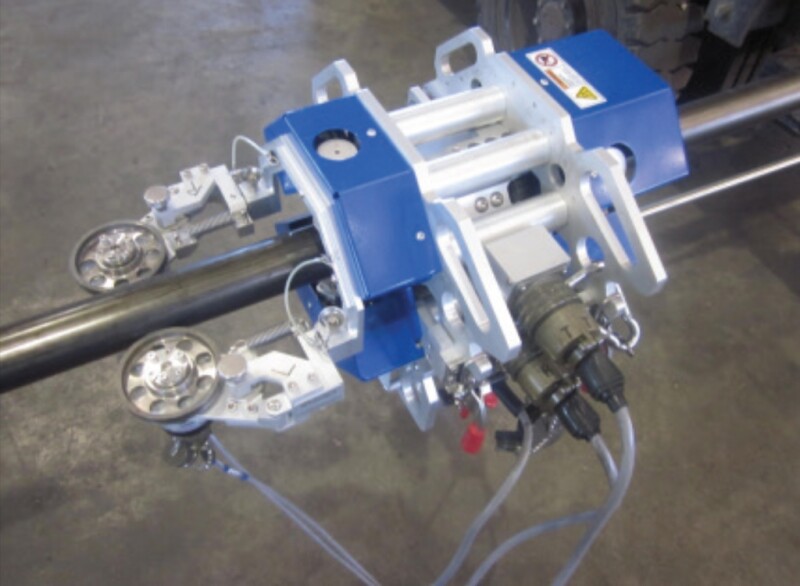During the completion phase of four unconventional wells in the United Arab Emirates, a detailed engineering approach overcame challenges presented by extreme conditions of pressure, temperature, and a sour environment across long horizontal sections to carry out cleanout activities successfully. This operation, the first of its kind in the country for the operator, yielded lessons for design considerations and the execution process and recommendations for coiled tubing (CT) intervention in similar working environments. It also confirmed that 110,000-psi-yield-strength quench-and-tempered (Q&T) CT strings can be deployed safely in a high-pressure sour environment by implementing proper risk-mitigation strategies.
Introduction
The unconventional gas play (referred to as “A” in the complete paper) featured a reservoir pressure of nearly 13,000 psi and a bottomhole temperature of approximately 325°F. The environment was sour, with 5 mol% of hydrogen sulfide (H2S) and 5% carbon dioxide (CO2). The well’s architecture consisted of a 5½-in. monobore completion with cemented casing and horizontal sections ranging from 5,000 to 8,200 ft.


